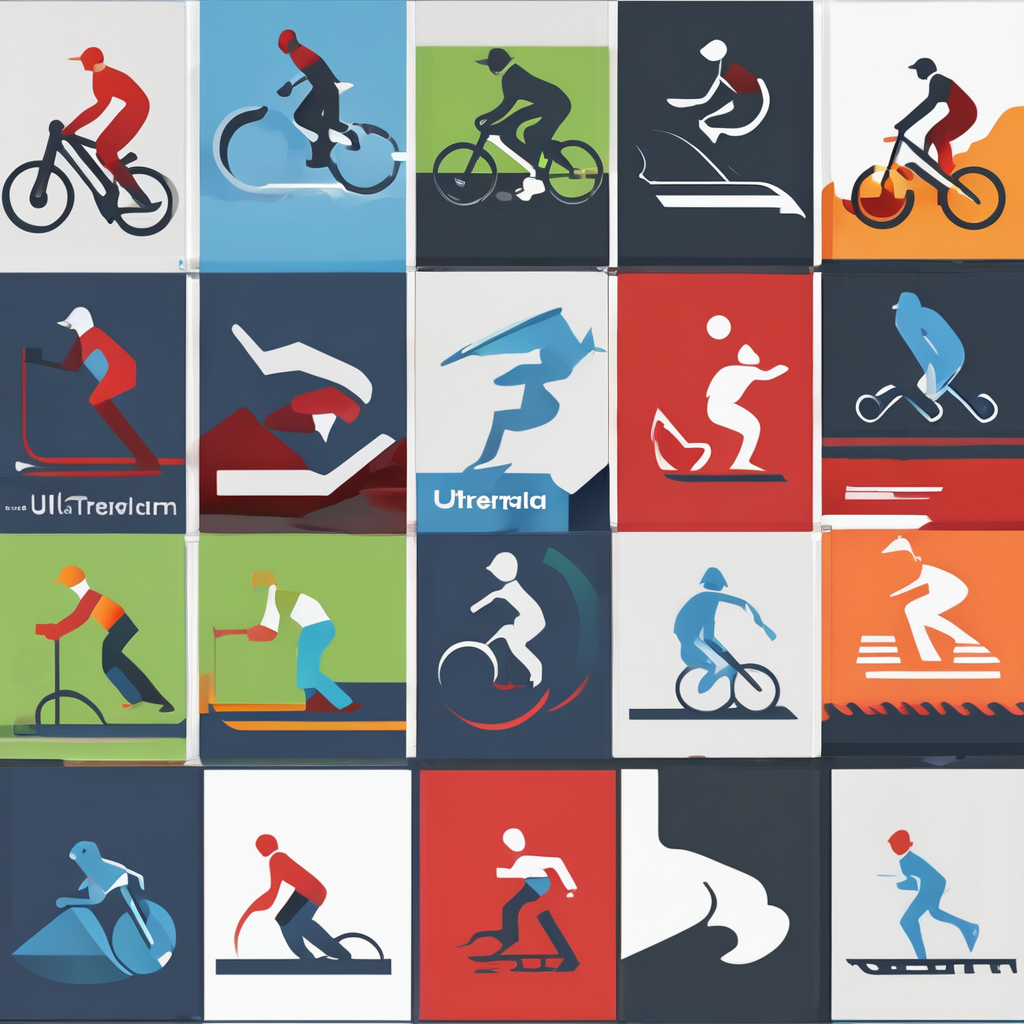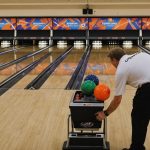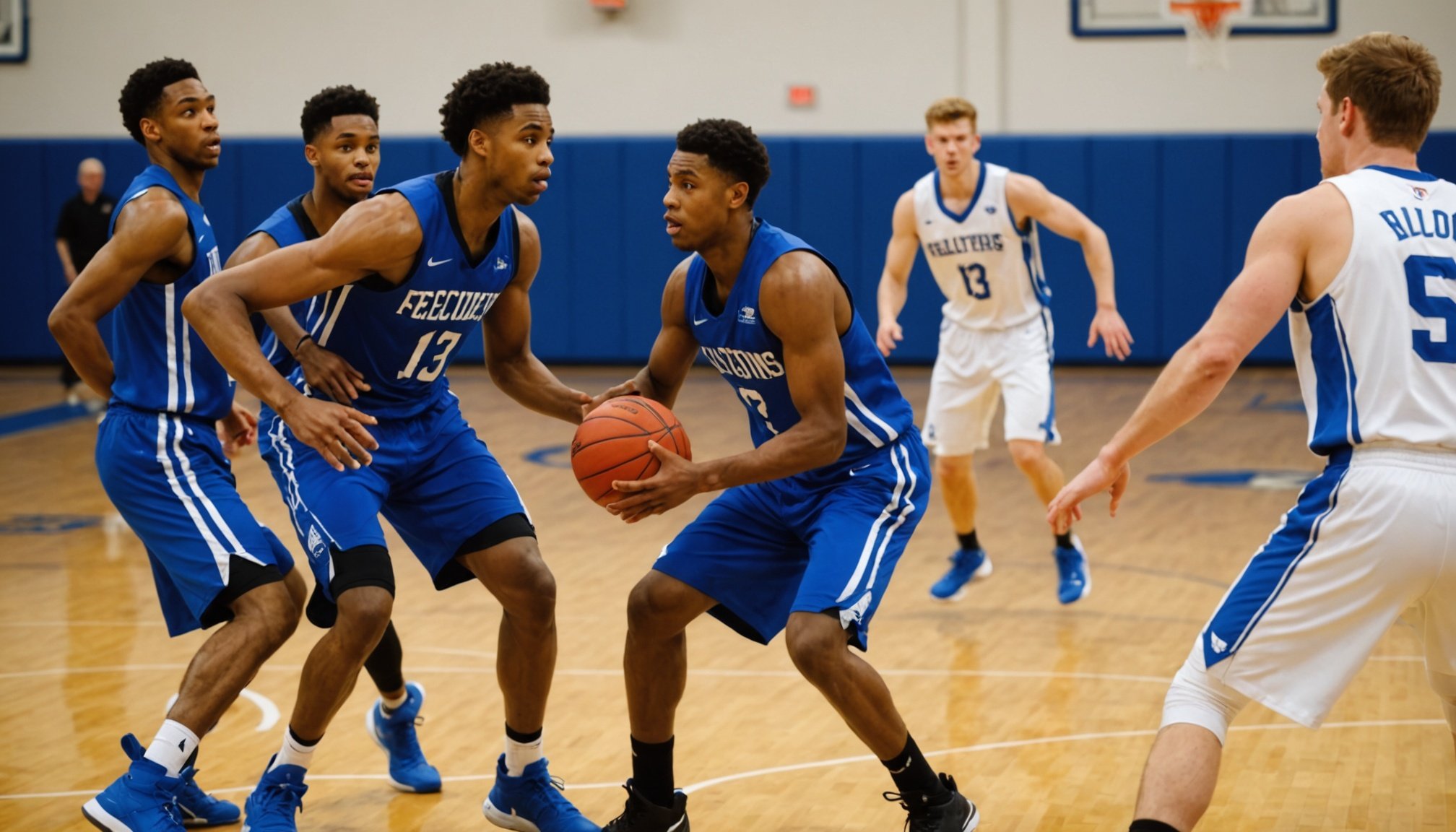Understanding Defensive Reaction Times
In basketball, defensive reaction times are critical for countering opponents and maintaining resilient defense. Quick responses enable players to anticipate and intercept the ball, minimising the opponent’s scoring opportunities. The significance of reaction times lies in their direct impact on basketball defense strategies, enhancing both individual and team performance.
Various factors affect defensive reaction times. These include the player’s level of fitness, mental agility, and experience on the court. Age and training routines also play crucial roles. Understanding these factors helps in crafting personalised training programs that enhance an athlete’s performance.
In the same genre : Elevate your vertical leap: the ultimate strength training blueprint for basketball athletes in the uk
When analysing elite players’ defensive skills, their superior defensive reaction times often set them apart. These players excel due to consistent practice and refined instincts, allowing them to predict opponents’ moves effectively. Observing these athletes in action serves as a blueprint for those looking to elevate their game. By adopting proven methods and recognising the importance of defence in gameplay, athletes can train to improve both their personal abilities and contribute to their team’s success.
For those aiming to boost their skills, focusing on athlete performance through targeted exercises that address reaction times can lead to noticeable improvements on the court.
Also read : Maximizing court awareness: unique techniques for uk basketball players to sharpen peripheral vision
Proven Drills for Enhancing Reaction Times
For basketball athletes, reaction time drills are essential in refining quickness and agility. These drills are crucial components of comprehensive basketball training techniques.
Lateral Movement Drills
Lateral movements are a cornerstone of basketball defense strategies. To bolster lateral quickness, specific drills like side shuffles and cone drills are beneficial. Implementing these into regular practice routines enhances overall athlete performance.
Reaction-Based Exercises
Incorporating reaction drills involves using partners or stimuli to trigger quick responses. Employing timing and scoring systems allows tracking of progress and improvement. Best practices include integrating these reaction drills into existing basketball training techniques for optimal results.
Plyometric Training for Speed
Plyometric exercises are designed to boost speed and explosiveness, vital for basketball players. Drills such as box jumps and squat jumps are highly recommended. Ensuring proper safety measures and gradual progress are key for effective plyometric training.
Integrating these agility exercises into training not only improves defensive reaction times but also enhances an athlete’s all-around game performance. Consistent application of these drills fosters speed and agility, contributing to a more robust defensive presence on the court.
Sport-Specific Speed Techniques
Tailoring training techniques for basketball athletes in the UK is crucial for honing speed and agility on the court. Basketball speed techniques are not just about sprinting swiftly; they encompass an array of movements necessary for dynamic gameplay. In the UK, where basketball tactics often emulate European styles, these techniques need to be adapted to fit distinct strategical approaches.
Sport-specific training focuses on enhancing skills that are directly transferable to game scenarios. This involves developing rapid directional changes, acceleration, and maintaining high-intensity performance throughout each game. By mimicking game conditions, athletes can cultivate the precise skills required for their roles.
Evaluating and implementing speed techniques within team contexts ensures that these tactics complement the broader team strategy. Coaches must consider each player’s strengths and areas for improvement to tailor exercises effectively.
- Utilising agility ladders for footspeed and coordination.
- Integrating resistance bands to amplify lower body strength.
- Conducting timed sprints to boost explosive power.
These tailored approaches not only enhance individual abilities but also contribute to cohesive, strategic play, elevating the team’s overall performance in matches. Understanding and applying these techniques can be the difference-maker in competitive situations.
Insights from UK Basketball Coaches
Enhancing athlete development in the UK involves gathering training insights from esteemed UK basketball coaches. Their expertise offers a valuable perspective on optimising training routines. Coaches emphasise the importance of athlete-coach communication, establishing trust and tailoring strategies that align with individual player needs.
Renowned UK coaches highlight practices that prioritise athlete performance through bespoke training regimens. These regimens incorporate drills focused on improving core skills such as agility, speed, and reaction time. Utilising these targeted methods enhances both individual and team capabilities on the court.
Incorporating basketball speed techniques is essential. Coaches suggest varied drills and exercises designed to simulate real-game situations. By embedding these practices into regular training, players can develop their skills in a realistic environment. This approach ensures that athletes can transfer their training effectively into competitive gameplay.
Furthermore, coaches stress the importance of staying updated with evolving basketball tactics and strategies. Constant learning and adaptation are key for players aiming to excel in the dynamic world of basketball. By fostering an environment of open communication and continuous improvement, coaches contribute significantly to the development of well-rounded athletes who thrive in their performance.
Technology and Tools for Measuring Improvement
Incorporating athletic performance technology into training can significantly enhance basketball skills by providing precise insights. Devices designed for reaction time measurement are especially beneficial, allowing players to accurately track their defensive response abilities. This data helps athletes identify areas for improvement and adjust their training approaches accordingly.
Wearable Technology
Wearable tech has revolutionised performance tracking, offering real-time feedback on various physical metrics. For basketball players, gadgets like fitness trackers and smartwatches monitor heart rate, agility, and reaction speeds. The benefits of such devices lie in their capability to seamlessly integrate with daily training regimens, empowering athletes to optimise their defensive reaction times.
Apps and Software for Skill Analysis
Modern apps are tailored to analyse specific defensive skills by recording and evaluating player movements. These applications, compatible with multiple devices, provide detailed breakdowns of performances, aiding in reaction time drills and overall skill enhancement. Utilising this data effectively can pinpoint exact areas for progression, fostering improved athlete performance.
Video Analysis Techniques
Video analysis is another invaluable tool in refining a player’s game. By breaking down footage using software designed for detailed scrutiny, athletes can assess their defensive strategies comprehensively. This approach allows for a deeper understanding of nuances in technique, thereby enabling a more tactical and informed training methodology.
Community and Resources for Continuous Learning
Continual advancement in basketball requires ongoing engagement with basketball training resources and an active role within an athlete community. These resources are pivotal for players aspiring to keep pace with evolving techniques and strategies. This consistent learning journey can be facilitated through various local and online platforms that enrich knowledge and skills.
Participation in athlete communities is invaluable for feedback and support. Engaging with peers offers a platform for exchanging experiences and strategies, ensuring players stay motivated and informed. By joining discussion groups, forums, or social media channels dedicated to basketball, athletes can gain insights into effective training approaches and emerging trends in the sport.
Access to comprehensive basketball training resources is essential. Resources such as instructional videos, webinars, and coaching clinics provide structured learning opportunities. These resources can be found on platforms like YouTube or dedicated basketball training sites, allowing athletes to refine their techniques at their own pace.
Encouragement to attend local training sessions and clinics fosters practical exposure to advanced drills and strategies. These clinics often feature experienced coaches who offer tailored advice, improving both individual skills and overall team dynamics. Embracing these opportunities ensures players are well-prepared and adaptive in competitive settings.











